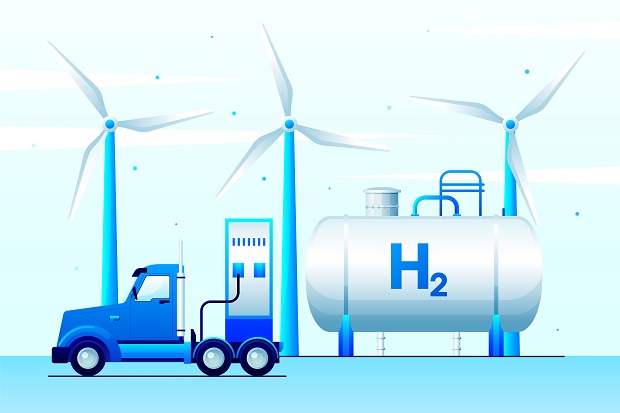UK’s CSS manufactures high quality hydrogen from waste
 The International Energy Agency (IEA) recently released its Global Hydrogen Review Report.
The International Energy Agency (IEA) recently released its Global Hydrogen Review Report.
Wales-based Compact Syngas Solutions (CSS), a waste-to-hydrogen company, has successfully demonstrated the feasibility of producing hydrogen gas from syngas derived through “waste gasification.”
CSS recently secured nearly £4 million in government funding to enhance the environmental friendliness of its biomass and waste-to-hydrogen plants by incorporating carbon capture technology.
The waste-to-energy process relies on an advanced gasifier that transforms waste into raw syngas and char, marking a crucial initial step in the carbon capture process. CSS has innovatively developed its pressure swing adsorption (PSA) system for separating hydrogen from syngas, avoiding reliance on costly third-party suppliers in the petrochemical sector.
CSS said that the current design is anticipated to progress into a two-stage PSA process, aiming to meet waste-to-energy sector requirements by maintaining an operating pressure around 3 barg and achieving over 98% purity. The syngas, comprising hydrogen, carbon monoxide, carbon dioxide, methane, nitrogen, water vapor, bio-oils, and trace contaminants, undergoes several gas clean-up stages.
As per CSS, the Pressure Swing Adsorption (PSA) process is employed in two stages, resulting in a demonstrated capability to produce hydrogen gas with over 95% purity in real syngas conditions.
Preliminary plant trials have shown the effectiveness of the PSA process even at low operating pressures (1.5 barg) and with a simplified two-stage PSA process. Ongoing work is planned at higher operating pressures to assess the cost balance between capital investment and operating expenses in the waste-to-energy business setting and its scale of operation.
CSS mentions that for numerous applications where hydrogen can replace natural gas and fuel oils, such as in boilers, furnaces, and hydrogen-converted diesel engines, a purity of 98% is sufficient. The company asserts that achieving very high hydrogen purity (99.99%) is unnecessary and cost-prohibitive in such scenarios.




